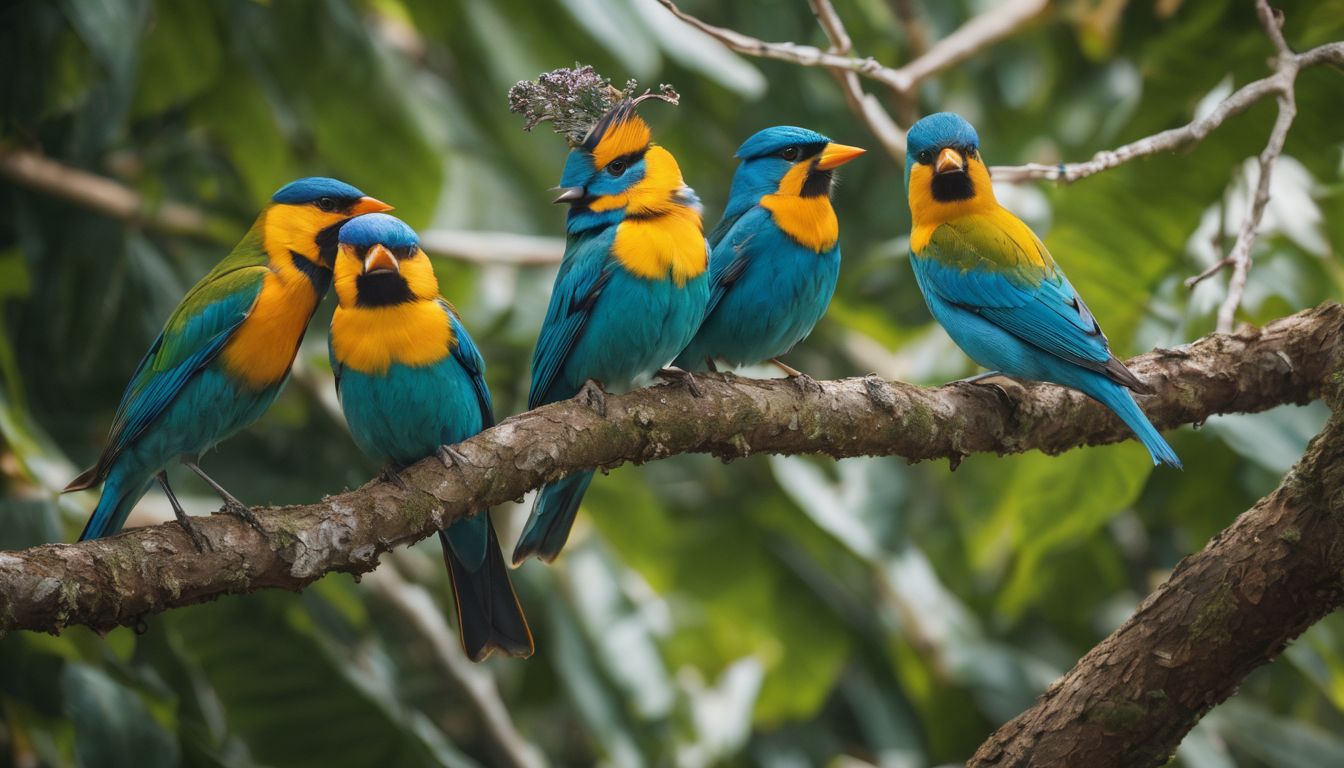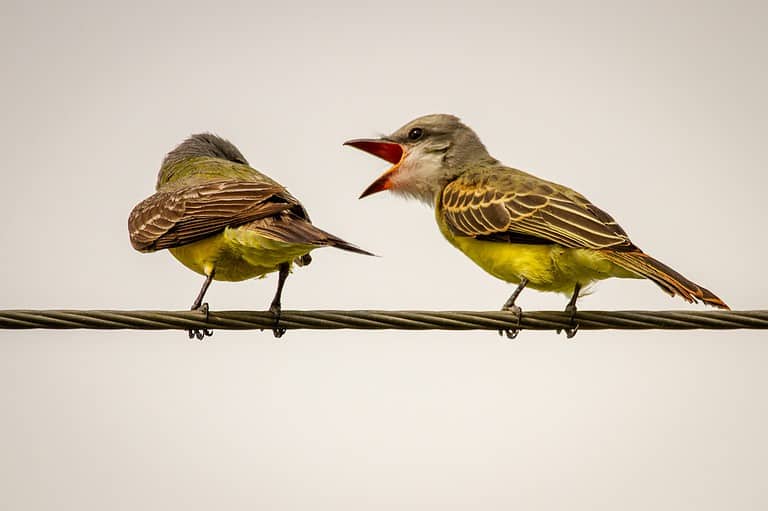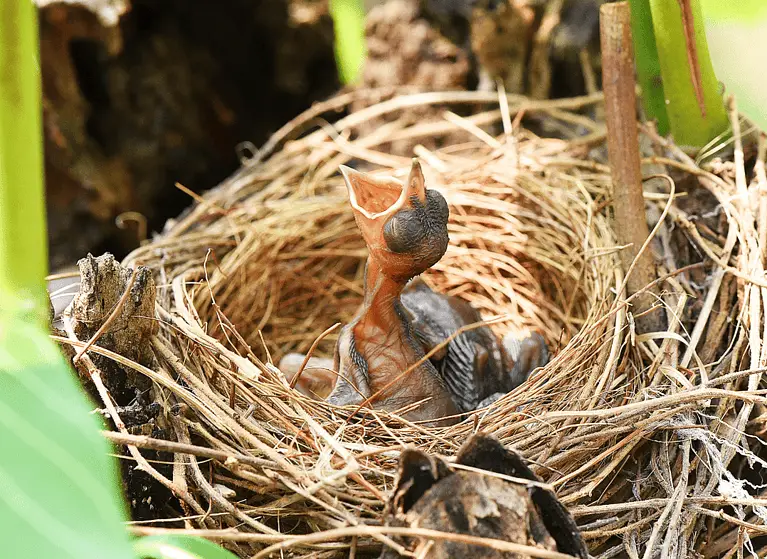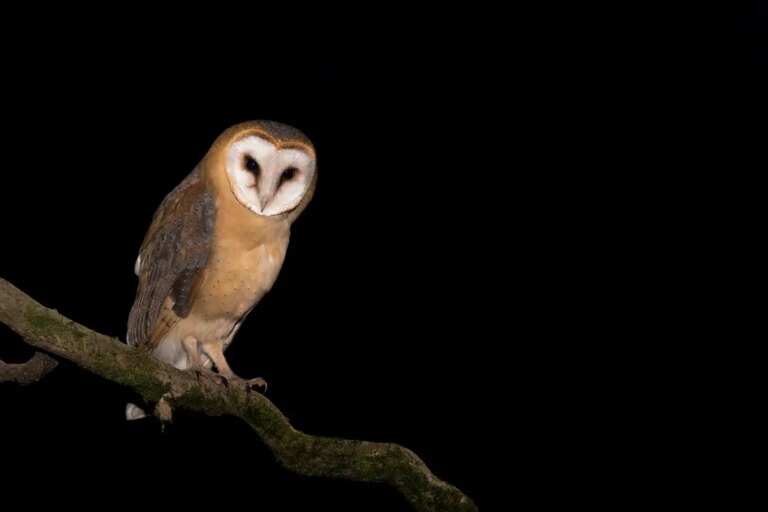Educational Value of Bird Watching
Bird watching might seem like the perfect picture of a serene pastime, something you’d picture folks doing in the sweet golden years of retirement. Yet, as I’ve immersed myself in ornithological studies and spent countless hours with my trusty binoculars at the ready, I’ve realized that this activity offers way more than a peaceful escape.
Through my adventures, I’ve seen how birding can open young eyes to the wonder of nature and provide a surprising boost to our mental well-being. It’s clear to me now: birdwatching is an untapped educational goldmine.
Imagine children on their tiptoes peering through lenses, learning to spot details and patterns in the birds they observe—it’s about so much more than identifying species; it’s about nurturing curious minds.
And here’s something truly special: every time we note down what feathered creatures are flitting around, we’re actually contributing essential data for conservation science—every observation matters deeply.
So let’s embark on this adventure together, weaving our way through nature’s living classroom and discovering secrets nestled within branches and painted across the sky. Are you ready? Spread your wings—it’s time to soar into the world of birds!
Key Takeaways
- Bird watching helps kids love nature, learn new words, and feel for other living things.
- Watching birds makes us better at noticing details and can be good for our minds and bodies.
- When we know about birds, we help take care of our planet by understanding how important they are.
Benefits of Bird Watching for Kids
Bird watching for kids is not only a fun activity, but it also helps them develop a love for nature, improves vocabulary, teaches empathy, provides educational opportunities, and enhances their observation skills.
Develops love for nature
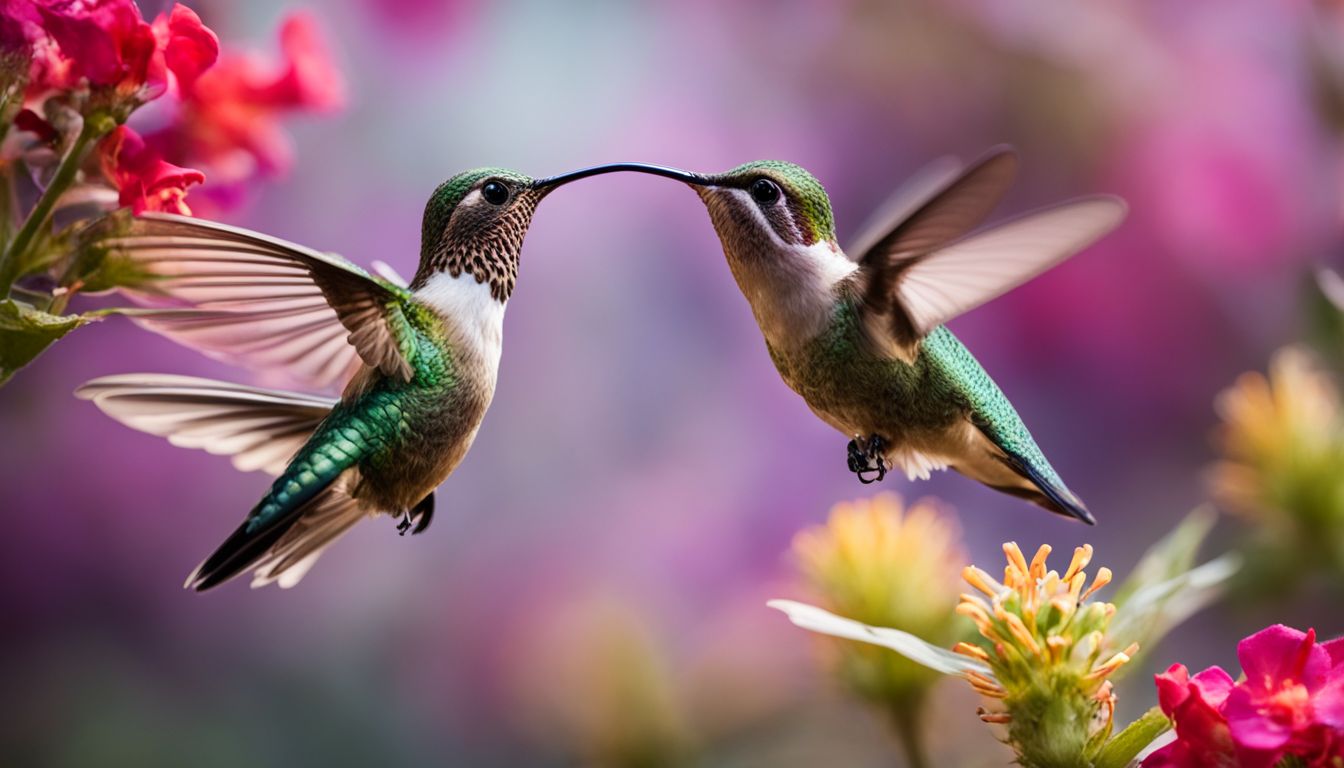
I get really excited about the outdoors when I go bird watching. It’s like a treasure hunt in nature, looking for different birds and hearing their songs. I feel connected to the world around me.
It’s not just about spotting birds; it’s also about breathing fresh air, seeing trees and flowers, and feeling the sun or wind on my face.
As I learn more about each bird, where they live, what they eat, and how they behave, my respect for nature grows. This love for wildlife helps me understand how important it is to take care of our environment.
Plus, it feels great to be part of something bigger than myself—a community that looks after our planet by enjoying its beauty responsibly.
Improves vocabulary

Observing different bird species and learning their names can expand our vocabulary. Identifying various birds and understanding their unique characteristics expose us to new words, helping us improve communication skills.
A study by the Cornell Lab of Ornithology found that kids who watch birds learn an average of five new words per outing, building a rich and diverse vocabulary related to nature. This knowledge fosters a deeper appreciation for wildlife as we learn to describe the plumage, behavior, and habitats of various avian species.
Understanding these terms helps in discussions about the environment, conservation efforts, and scientific research on birds.
Teaches empathy
Bird watching teaches empathy by connecting kids with nature and the living creatures around them. It allows them to understand and appreciate the emotions of birds, recognizing their need for care and protection.
As they observe these magnificent creatures in their natural habitat, children develop a sense of responsibility toward wildlife. Learning about bird behavior and life cycles fosters compassion and understanding for the importance of preserving their habitats.
Observing different bird species also provides educational opportunities, enhancing children’s awareness of the interconnectedness between humans and wildlife. Engaging in bird watching not only encourages empathy but also instills a deep respect for nature, promoting environmental awareness among young minds.
Provides educational opportunities
Teaching empathy through bird watching can also provide valuable educational opportunities. Observing and identifying different bird species help kids learn about math, collect data, and analyze patterns.
It’s a chance to study the environment, understand wildlife behavior, and appreciate the interconnectedness of ecosystems. Engaging in avian research or simply learning about birds’ unique characteristics contributes to science education while promoting outdoor learning experiences.
Bird watching is an excellent way for children and adults alike to explore scientific concepts such as migration patterns, habitat adaptation, and ecological awareness. It’s also a cost-effective hobby that encourages mental stimulation by connecting with nature.
Enhances observation skills
Observing and learning about different bird species can sharpen your observation skills. This hobby encourages paying attention to fine details, such as the color patterns on a bird’s feathers or the shape of its beak.
When identifying birds in their natural habitat, you train your eyes to notice small movements and distinctive features. By doing this, you develop a keen eye for detail that can be valuable in many areas of life.
Engaging in bird watching helps individuals of all ages become more observant and attentive to the world around them. This activity demands concentration, focus, and patience as you wait for a glimpse of a rare or elusive bird species.
Economic and Health Benefits of Bird Watching
Bird watching is not only good for the soul but also for the wallet. It’s an affordable hobby, requiring only basic equipment like binoculars and a camera. Observing and learning about different bird species can provide huge amounts of data to conservation researchers.
Additionally, it contributes to physical and mental health by encouraging outdoor activities and reducing stress levels.
The economic benefits of bird watching are quite significant. Not only does it require minimal investment in equipment, but it also attracts tourists, thus boosting local economies through ecotourism.
Furthermore, observing birds can contribute valuable scientific data that aids in environmental preservation efforts. On the health front, spending time outside while engaging in bird watching has been linked to reduced stress levels and improved well-being.
Educating Importance of Birds
Birds play a crucial role in the ecosystem, from pollination to pest control. Understanding their migratory patterns and behaviors can provide invaluable insights into ecological studies and conservation efforts.
Role in ecosystem
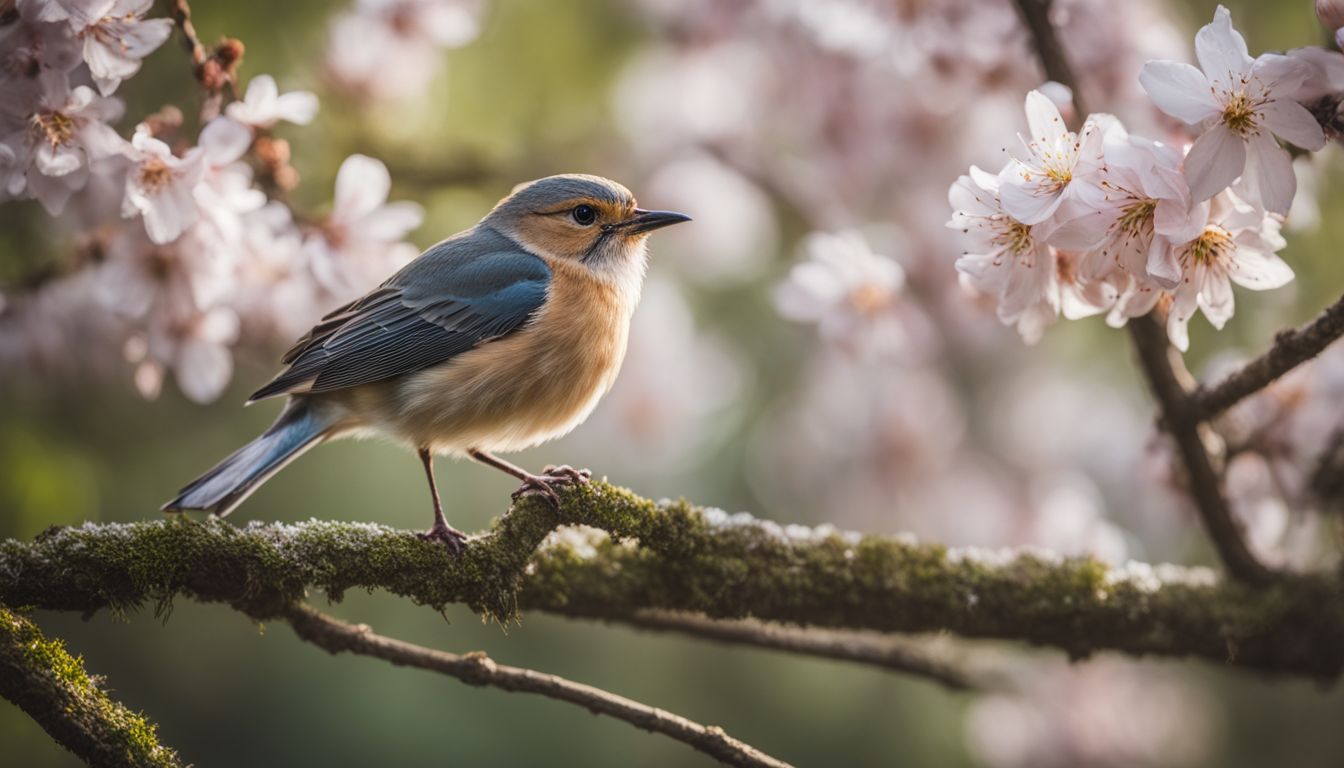
Birds play a crucial role in the ecosystem by helping to control insect populations, spreading seeds, and pollinating plants. Their activities help maintain the balance of nature by preventing any one species from becoming too numerous and overwhelming others.
For instance, some birds feed on insects that would otherwise destroy crops, which is helpful for farmers. Furthermore, their ability to disperse seeds aids in regenerating forests and other plant communities after disturbances like fires or logging.
Pollination helps plants reproduce and produce fruits that provide food for a variety of wildlife. Therefore, birds are an essential part of maintaining healthy ecosystems.
Migratory patterns

Birds play a crucial role in maintaining the balance of ecosystems. Their movements, known as migratory patterns, are essential for the health and diversity of different habitats. Migration allows birds to find suitable breeding grounds and access food sources that may not be available year-round in their home territories.
These patterns also help in seed dispersal and control insect populations, contributing to the overall stability of ecosystems.
Understanding bird migration provides educational and scientific value, offering insights into environmental changes and conservation efforts. It allows us to track population trends, assess environmental health, and identify areas that require protection for these vital species.
Incorporating Bird Watching into Education
Engaging children in bird watching activities can enhance their learning experiences. Creating bird identification guides and organizing outdoor observation sessions are effective ways to incorporate bird watching into education.
Activities for children
I love bird watching, and it’s a great activity for kids too. Here are some fun activities they can do:
- Create a bird journal and encourage them to draw or write about the birds they see. It helps with observation skills and vocabulary.
- Set up a bird feeder in the yard and teach kids about different bird species that visit. It’s a great way to learn about nature and wildlife.
- Take them on a nature walk and listen for bird calls. It’s an opportunity to engage their senses and learn about different sounds in nature.
- Organize a scavenger hunt focused on finding specific birds or their feathers. It adds excitement to the activity while encouraging exploration and observation skills.
- Teach them how to use binoculars properly and let them practice spotting birds from a distance. It develops patience, focus, and fine motor skills.
- Engage them in citizen science projects like bird counts or nesting surveys, giving them a sense of contributing to real scientific research while learning about math and data analysis.
- Encourage them to create bird identification guides using pictures, descriptions, and interesting facts about different birds they encounter.
- Visit local parks or nature reserves for guided bird – watching tours led by experienced naturalists, providing educational opportunities about ecosystems, conservation, and environmental appreciation.
Creating bird identification guides
Creating bird identification guides is a fun and educational activity for kids. It helps them learn about different bird species while honing their observation skills. Here’s how you can create effective bird identification guides:
- Start by researching local bird species using books, websites, or apps. Note down key features, such as size, coloration, and distinctive markings of each bird.
- Take photographs or make sketches of the birds you observe in your area. These visual references will be useful for identifying the birds later on.
- Include details about the habitat preferred by each bird species in your guide. This will help children understand where to look for specific birds.
- Encourage kids to document the date, time, and location of their bird sightings in the guide. This information can contribute to scientific data collection.
- Use descriptive language to write down interesting facts about each bird, such as its diet, nesting habits, and unique behaviors.
- Organize the information in an easy-to-understand format with clear headings and categories for quick reference.
- Add fun activities like coloring pages or quizzes related to the featured birds to make the guide interactive and engaging for children.
- Regularly update the guide with new observations and information about additional bird species found in your area.
Conclusion
In conclusion, bird watching offers many educational benefits for kids and adults. It helps develop a love for nature, improves vocabulary, teaches empathy, and enhances observation skills.
Additionally, it provides economic and health benefits while educating people about the importance of birds in the ecosystem. By incorporating bird watching into education through activities and creating bird identification guides, individuals can further enhance their understanding of wildlife and contribute to scientific research.
FAQs
1. What is bird watching?
Bird watching is an outdoor hobby where you look at birds and learn about them in their natural home.
2. How does bird watching help with learning?
When you watch birds, you get to know more about nature, different kinds of birds, how they act, and the environment they live in.
3. Can going outside to watch birds be good for your health?
Yes! Being outdoors and enjoying nature as you watch birds can make you feel better both in your body and mind.
4. Is bird watching only for fun or can it teach us other things too?
Along with being fun, bird watching is a great way to learn about wildlife observation and exploration which helps us understand our world better.

